Unlike those 3D printing technologies that are comparatively easy to learn, Directed Energy Deposition, abbreviated as DED 3D printing is a complex one.
It does involve the basic additive manufacturing process of adding one layer over another. However, it is a much-advanced process that requires quite a lot of understanding for working with it.
Known for its abundance of use in the industrial sector for repairing propellers, turbines, etc, the technology is majorly used for adding or repairing materials to already existing models or components.
This certainly does not mean that you cannot create a completely fresh 3D model though.
Well, that being said, there is a lot of things you would love to know about this astonishing and powerful 3D Printing process.
And, to further help you get a gist of what exactly DED means, we have come up with this article listing some of the most fascinating facts about the technology. So, keep exploring!
What is DED 3D Printing?
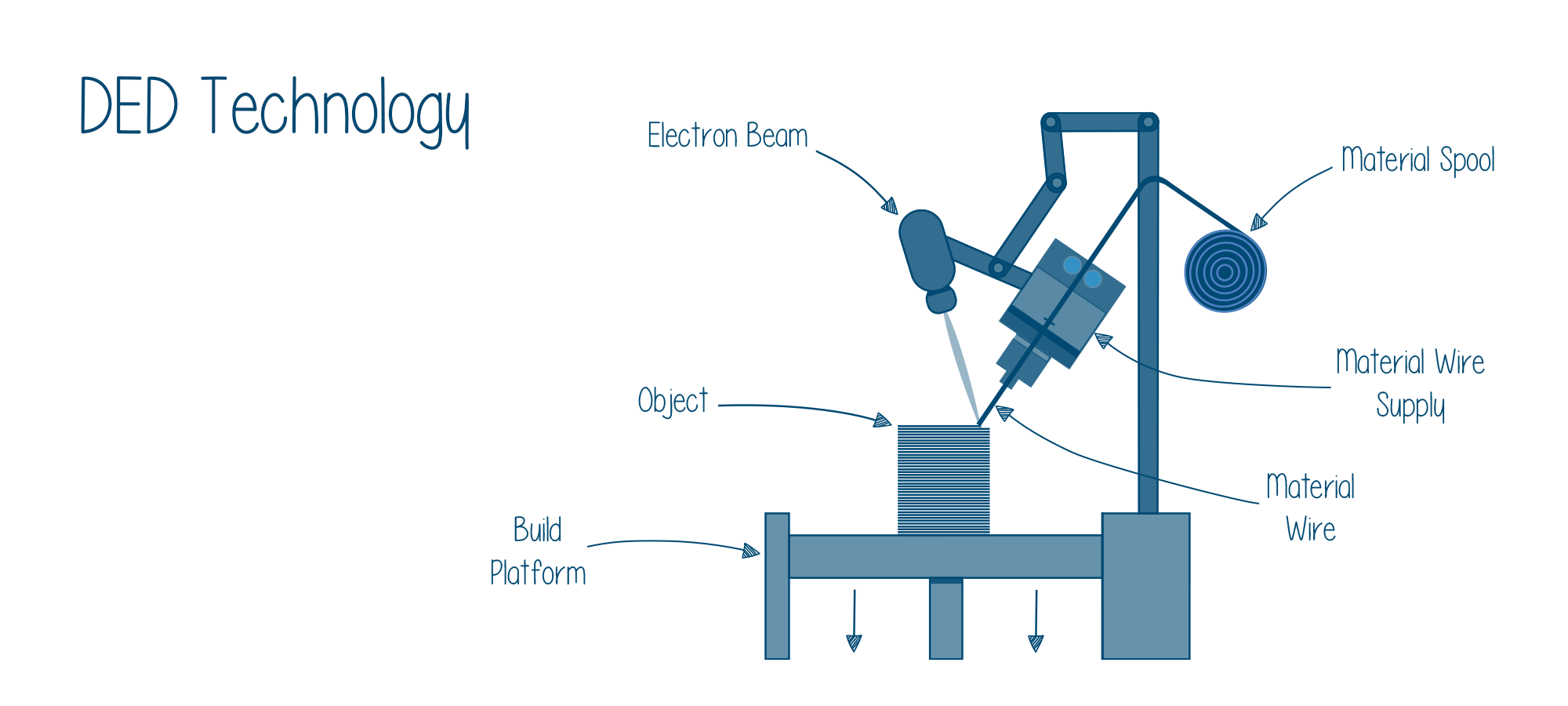
When compared to the popular 3D printing processes, DED 3D printing is more like the Powder Bed Fusion process. So, why is that so?
This is because the direct energy deposition technology makes use of energy sources such as electron beams or lasers for melting the exposed material.
However, this is not all the same. To create models using this particular technology, the 3D Printer melts the materials at the same time it is released from the nozzle.
Hence, many also called the DED technology, the combination of both powder bed fusion and material extrusion.
The DED is also gone by other names. You can call it Direct Metal Deposition (DMD) 3D printing, Laser Engineered Net Shaping (LENS) 3D printing, or Electron Beam Additive Manufacturing (EBAM) 3D printing.
These names mostly depend on the usage of the technology for various applications.
Working of Directed Energy Deposition 3D Printing

As mentioned before, the DED technology is from the family of additive manufacturing. This means that the overall process would look similar if you overlook the internal process of material melting and deposition.
In short, the process starts with a CAD file and then slicing the same using preferred software as it is with every other 3D Printing process.
When depositing the material, either on the base or the object needed to repair, the nozzle is usually fixed using 4 or 5 axis arms.
Again, the material used comes in two different forms: powder and wire. During the deposition, the melting of these materials happens simultaneously. In other words, as the material deposits, the focused heat source melts the same at the same time.
The 3D printing machine uses a variety of heat sources to accomplish this task. For instance, laser, plasma arc, or electron beams. As it goes with every other 3D printing process, these steps keep repeating until the complete model is ready.
That sounded similar, huh? However, there are certain things you should always care about when working with DED technology.
Such as, when working with electron beams as a heat source, you must take care that the entire process happens in a vacuum. This is to ensure that the electrons do not interfere with air molecules.
When it comes to the laser heat sources, especially when melting reactive metals, you must use an inert surrounding or chamber. Or else, the metal may contaminate, running the entire model.
DED 3D Printing Against FDM 3D Printing
To further explain the process of DED 3D Printing, why not compare it with the most popular additive manufacturing method, the FDM process?
There are certain similarities, which are bound to be there as both processes belong to the same family. However, there are many differences that separate these processes from being called one.
Talking about the similarities, both 3D printing processes involve building three-dimensional models, making use of a 3D printer. In both cases, the material is deposited, layer by layer on the print bed for the creation of the entire model.
When it comes to finding the difference between these two processes, you won’t have to search too hard. For instance, While the material is released on the build plate during FDM 3D printing, the material simultaneously strikes the heat source when depositing on the print bed when working with the later one.
DED technology is a rather far more complex process and involves a lot of pre-requisite and distinguished environments for successful completion of 3D Printing.
Another difference is the use of laser sources or electron beams when creating models using DED 3D Printing. On the other hand, there is no laser source used in FDM 3D printing.
Materials Used in DED 3D Printing
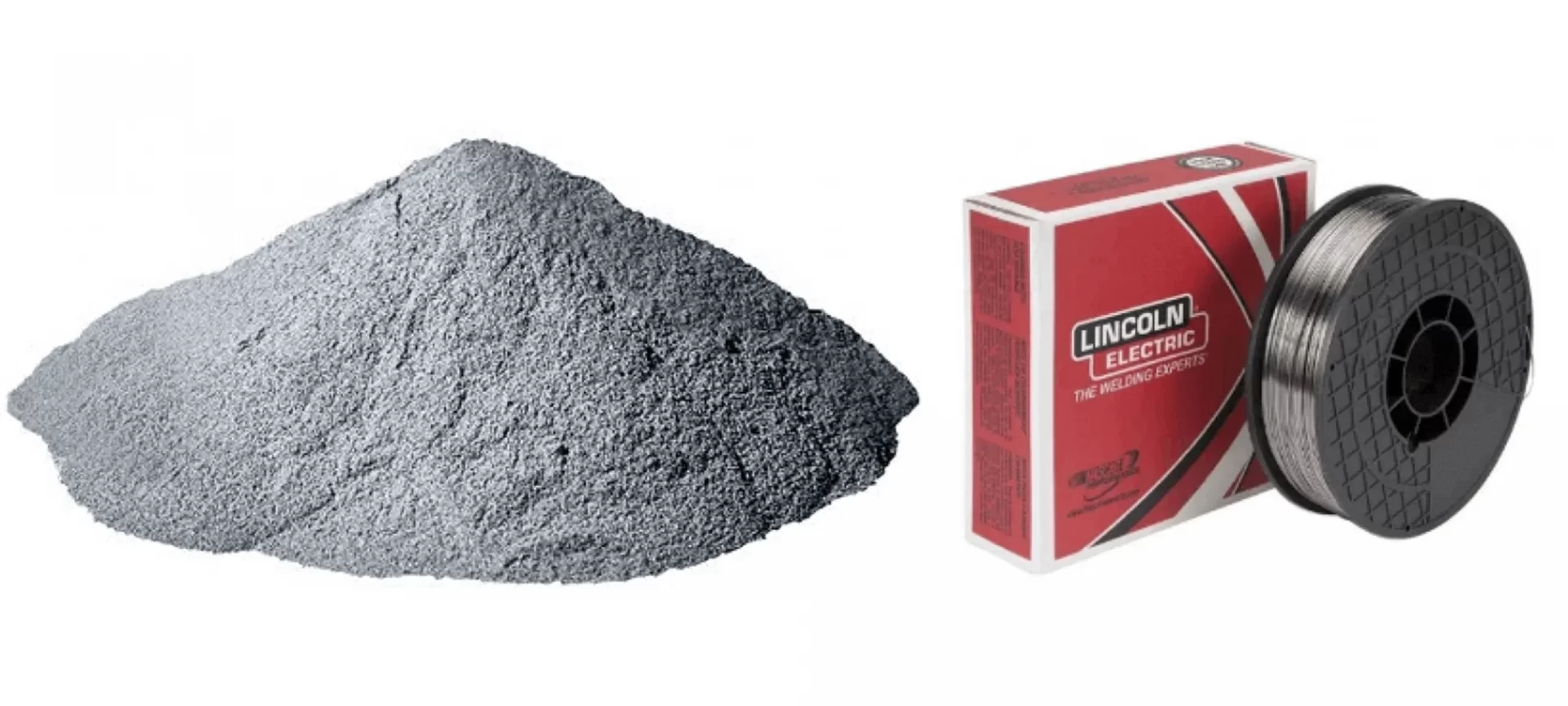
We have already used it consistently throughout the article that the process works with metals. However, it is not that there aren’t any other materials that can be used with this particular technology. Yes, you can use ceramics as well as polymers.
There are many examples of companies and applications that are actually utilizing this technology for a variety of jobs. One such example is the AREVO that makes use of Polymer DED to create or 3D print lightweight composites.
These are made of the filament of carbon fiber to fabricate end parts for direct applications by the users. This thermoplastic filament, used by the DED 3D printer melts when exposed to the heat source. Which is later compacted using a roller for making layers which ends up in the final object.
Again, metal 3D printing is also possible, as mentioned before. Whichever metal can be welded can be used with DED 3D printers. For instance, titanium along with its alloys, tantalum, Inconel, stainless steel, tungsten, niobium, and more.
When used in the wire form, these are usually between 1 to 3 mm in diameter. In the case of powder metal material, the particles are similar to those materials used with powder bed fusion, ranging between 50 and 150 microns.
Here are some of the common materials used with DED 3D Printing across several different niches for high-end applications:
- Stainless steel
- Titanium as well as Titanium alloys
- Maraging steels
- Refractory metals. For instance, tantalum, niobium, etc
- Tool steels
- Aluminum alloys
- Superalloys, such as Inconel and Hastelloy
- Nickel Copper
Apart from the listed materials, the 3D printers based on directed energy deposition also work with a variety of specialty materials along with composites as well as functionally graded materials.
There is one more fact that not many know who have not worked with these machines. It is a fact that the powder materials used by these machines are considerably cheaper than those used with powder bed fusion 3D printers.
Directed Energy Deposition – Pros and Cons
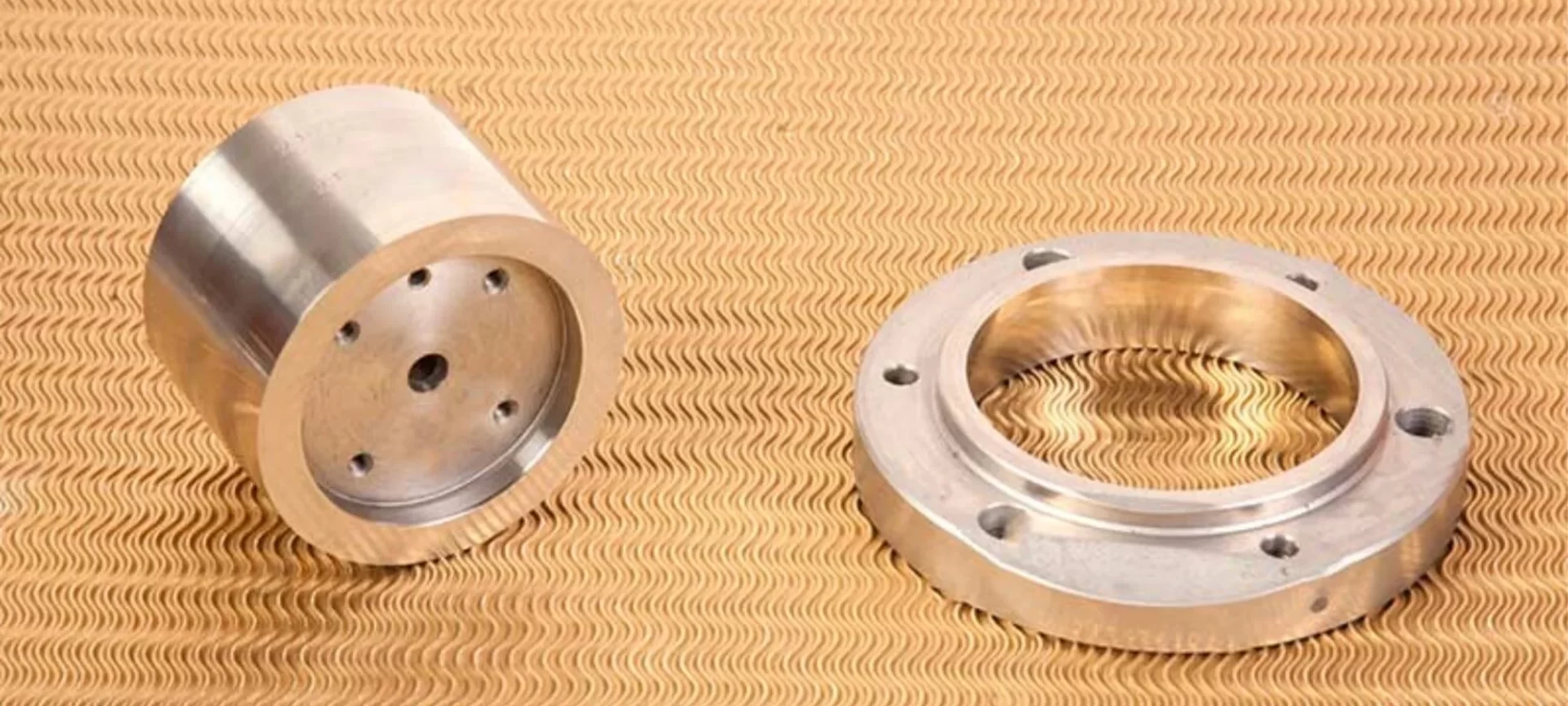
DED technology has been there for a long, helping users create and repair components within various niches. So, here are some of the advantages and the limitations the technology offers.
Pros
Helps in Repairing Components
What makes this 3D printing process capable of repairing objects is its ability to control the grain structure. And, this special strength of this technology makes this 3D printing process a very powerful solution for repairing the different functional metal components.
Builds Larger 3D Parts with Ease
We do have a power bed fusion 3D Printing process to create objects with metals. However, there is one important perk of working with DED 3D printing.
Unlike the powder-bed process that prints smaller parts with a finer finish, some DED processes could 3D print as large as 6 meters of components in length.
Do not believe us? Check out the Electron Beam Additive Manufacturing technology by Sciaky. And, you will start trusting every word that we put here.
Faster Printing Speed
Another important advantage of directed energy deposition technology that makes it the right fit for an industrial setup is its speed of operation.
Most of the DED 3D printers are blessed with a very high material deposition rate. And, these can even reach a speed of printing up to 11 kg of metal every hour.
Low Material Wastage
Unlike SLM 3D printing where a lot of unused powder is left after printing after selectively fusing together, DED 3D printing does not leave any material behind.
This is because, with DED 3D Printing, only the required amount of material is deposited. You do not need to make arrangements for reusing the unused materials as it is with SLM 3D printing. Hence, DED saves time and cost.
Multiple Material Combination Possible
Did you know that you can actually use powders and wires interchangeably or mix together for building parts with DED 3D printing? Yes, it’s completely possible.
Therefore, you can easily fabricate custom alloys with this 3D printing process. Along with that, it is possible to 3D print a gradient among two materials, inside the same build. This helps in stronger material properties.
High-Quality 3D Parts
DED is a very perfect solution for producing denser parts. These parts showcase mechanical properties closer or even better than those produced using comparable cast as well as wrought materials.
Not just that, these components created with DED also can achieve near-net shapes. This means that you do not need to go through a lot of hectic post-processing procedures.
Easy Integration at Machine Centres
DED makes it easy to get integrated into the existing machining centers. This enables the possibility of creating a hybrid manufacturing solution.
All this is done with just mounting the nozzle, responsible for depositing material with the help of a multi-axis machining system. This lets users 3D print even the complex metal parts faster.
Cons
Low 3D Print Resolution
While the parts are mechanically stronger, the surface finish can be unsatisfactory along with not so nice resolution.
Hence, if you are looking for parts that are attractive, you must use secondary machining for giving the DED 3D Part a defining resolution. However, this won’t only add time and effort, but extra cost.
Does Not Allow Support Structures
Not every design can be built without a support structure. And, that is where you will find DED missing out a little.
Because DED cannot be used with support structures, it limits the process from creating parts that require overhands.
High Cost
It goes without saying that DED systems come at a high cost and exceed $500,000.
Recommendations for DED 3D Printers
Here are some of the recommendations for 3D printers based on DED technology.
Sciaky EBAM 68 3D Printer
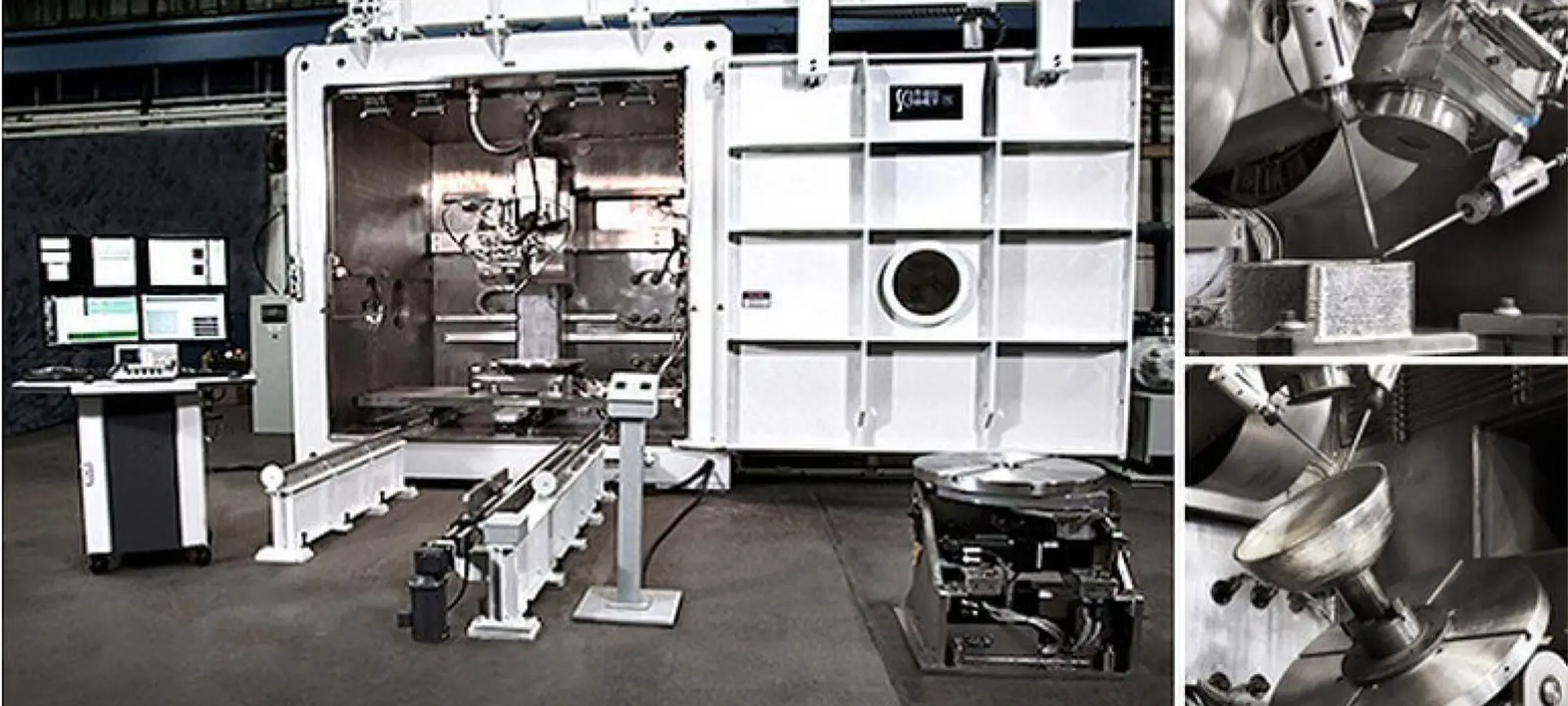
Offering a huge build volume of 711 x 635 x 1600 mm, the machine has a footprint of 1727 x 1727 x 2794 mm. The 3D Printer can help create bigger parts and metal prototypes faster.
It is based on the electronic beam additive manufacturing technology, hence uses an electron beam as the heat source. It can work with a variety of metals including Titanium.
Optomec LENS 450
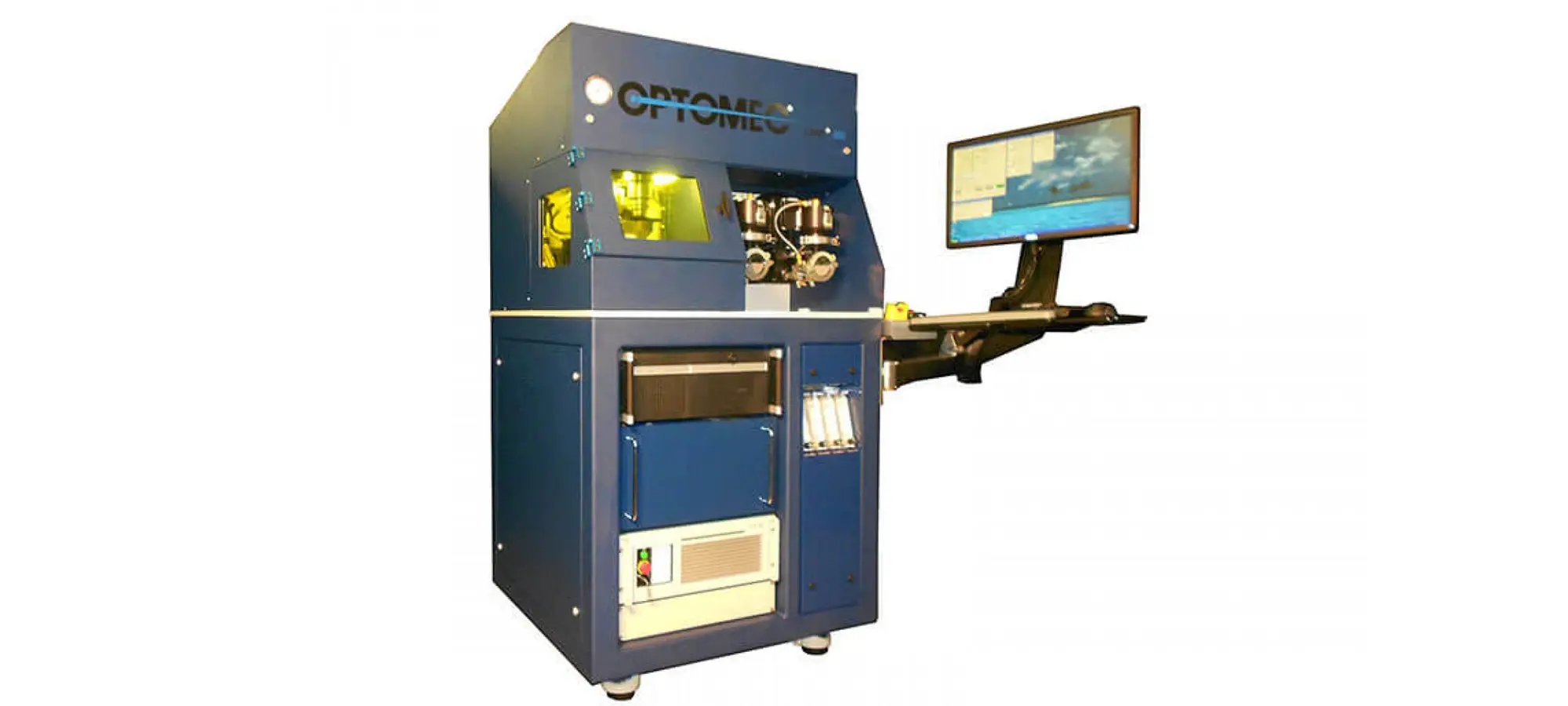
This 3D printer is 1 x 1 x 1.5 m in size and offers 100 x 100 x 100 mm of maximum build volume. It’s based on DED 3D printing and comes as a total plug-and-play 3D printer.
The speed of the printer is also fascinating with the capability to print 0.5kgs per hour. It uses a laser as the heat source and is highly useful in creating models using powdered metals, ceramics as well as various alloys.
BeAM Modulo 250
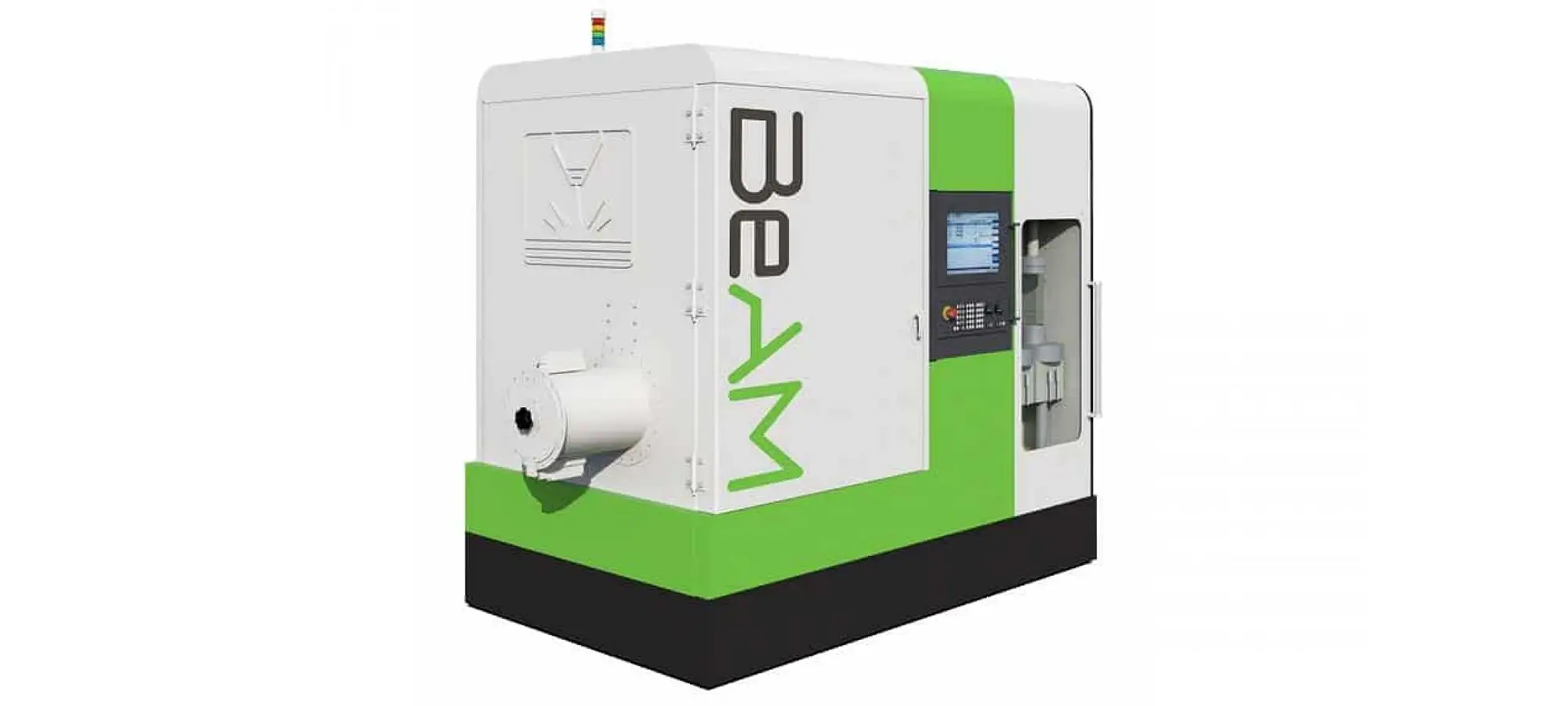
Based on 5 axis movement, this DED 3D printer can help repair parts, as well as create new models from scratch. It offers a build volume of 400 x 250 x 300 and is suitable for myriad applications.
Best FDM 3D Printers
Best SLM 3D Printers
Best Metal 3D Printers
Best Titanium 3D Printers
The Conclusion
3D printing technology has helped us overcome a lot of challenges that conventional manufacturing wasn’t able to combat.
From minor to complex tasks, we have been able to accomplish a lot of things with this technology. And, processes such as directed energy deposition technology can take us one step farther.
DED 3D printing, although being a complex process is widely used for an array of applications. And, that is all because of its unmatched results and capabilities.
If kept the cost aside, not only the large-scale businesses, even those operating on a smaller scale would love to bring the system in place for high efficiency.







